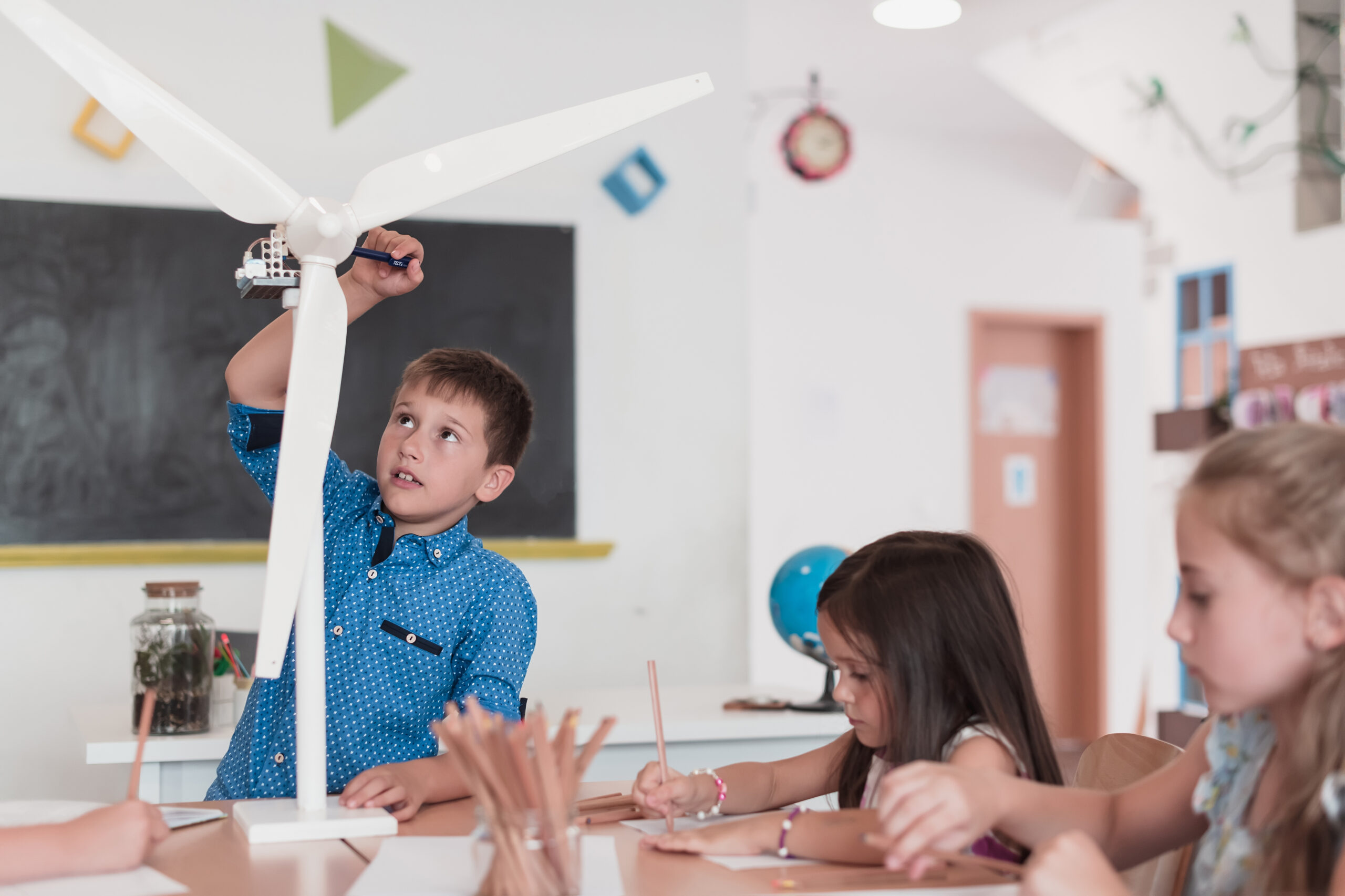Modern STEM education now depends critically on project-based learning (PBL). It lets students practice real-world issues, hone their ability to solve problems, and apply theoretical knowledge in useful environments. Teachers can improve the learning process and promote better knowledge by concentrating on initiatives like science, technology, engineering, and mathematics. Using project-based learning, let’s investigate some inventive approaches to advance STEM education and explore How to Improve STEM Education in innovative ways.
Hands-on experiments to promote engagement
Hands-on experiments are among the best approaches to include PBL in STEM teaching. Rather than concentrating on textbook-based learning, students can work on experiments needing application of classroom knowledge. For instance, developing a sustainable bridge model or creating a basic electrical circuit will educate students on fundamental ideas of engineering and physics. These kinds of initiatives not only make learning more engaging but also let students observe how STEM ideas find practical use.
Collaboration across disciplines
Including several disciplines under one project is another imaginative way to do PBL. Working across several STEM disciplines helps students to approach challenging challenges from several viewpoints. Designing a prototype for a solar-powered car, for instance, can include lessons in physics (energy), technology (design and coding), engineering (building), and mathematics (calculations and measurements).
Incorporating technology and digital tools
One more approach to improving STEM teaching is including technology in PBL. Students can more fully bring their ideas to life with access to digital tools such as robotics kits, computer-aided design (CAD) software, and 3D printers. Working on their projects, these tools enable children to acquire crucial technical skills. For their project, students might create apps or software using programming languages or employ virtual simulations to verify their engineering plans before actual construction.
Real-world challenges for deeper learning
The most powerful STEM initiatives center on practical problems that give learning purpose. Teachers can inspire pupils to engage in projects tackling local community concerns or worldwide ones, while also exploring ways on How to Improve STEM Educationthrough these meaningful initiatives. When students create initiatives with real-world relevance—such as an app to cut school waste or a more energy-efficient building—they find direction.
Project-Based Learning is a great tool for increasing STEM education by means of a more participatory, relevant, and interesting approach. Teachers can create a dynamic learning environment that stimulates inquiry and improves student knowledge by including hands-on experiments, multidisciplinary projects, technology, and practical difficulties. These innovative strategies help PBL not only improve kids’ STEM understanding but also give them the tools they will need for success going forward.





